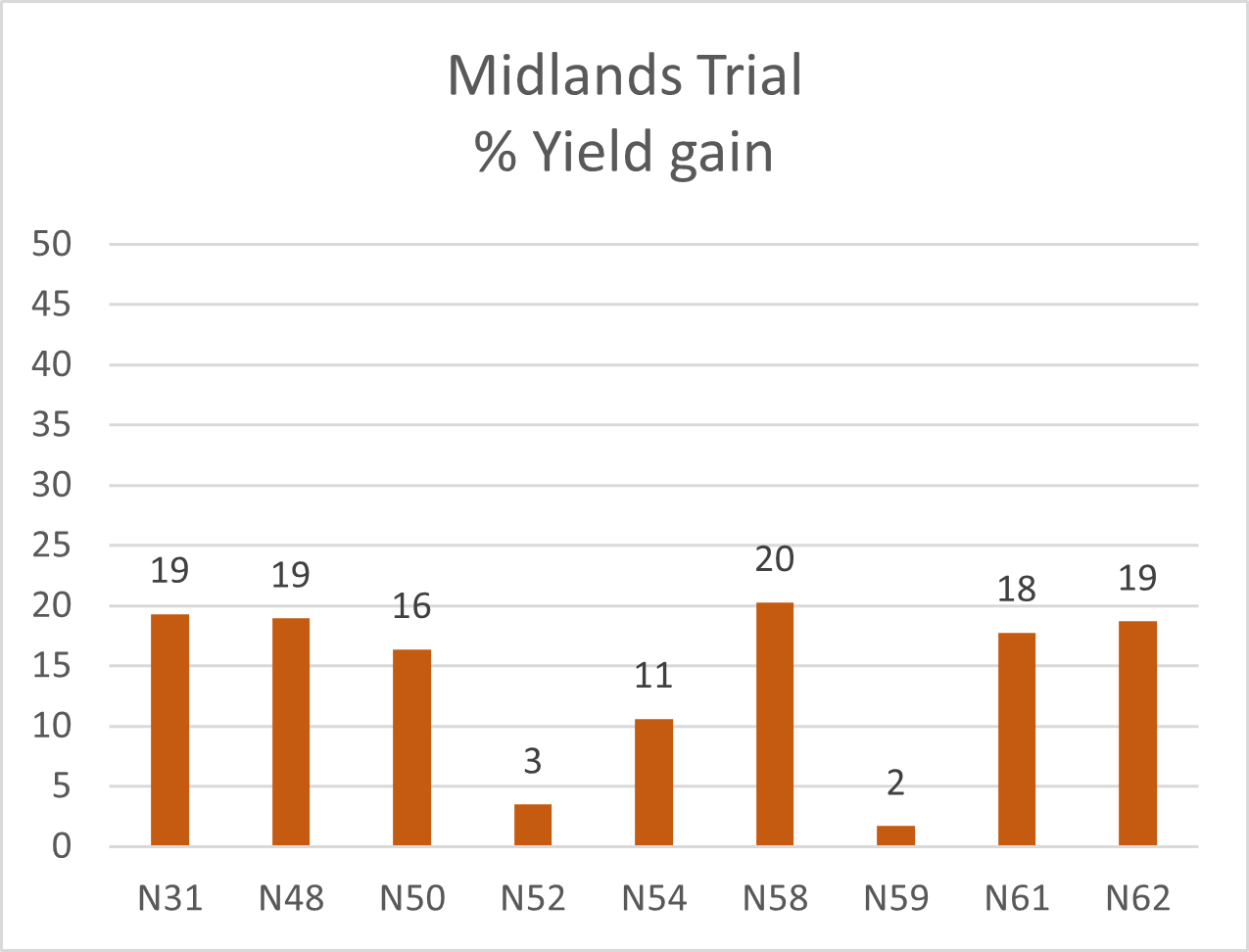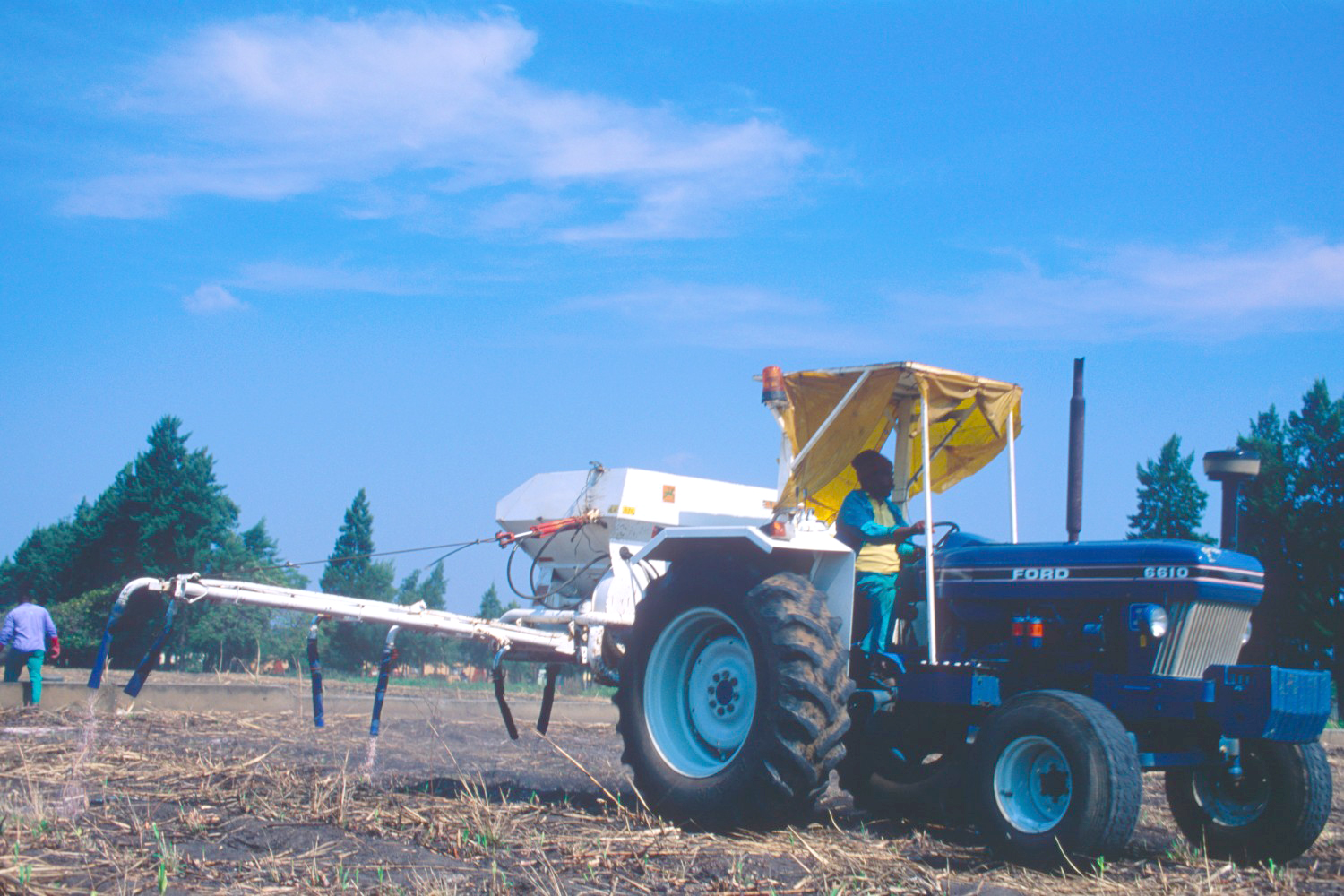A granular soil applied chemical, Bandito®, with oxamyl and imidacloprid as active ingredients, was registered in 2019 for treating plant and ratoon sugarcane crops in South Africa for the control of nematodes, YSA and thrips.
Oxamyl has both nematicidal and insecticidal properties while imidacloprid is insecticidal and has some effect on nematode movement. Both active ingredients are taken up by the plant, protecting the roots from plant parasitic nematodes and moving to the leaves to control leaf feeding pests, in this case YSA and thrips. This product not only controls these three sugarcane pests but also has been observed to have positive effects on sugarcane yield under conditions of stress.
Research trials across the sugarcane regions to determine the effects of this product on different sugarcane varieties indicate significantly improved cane yield (tc/ha) and RV yield (tRV/ha) for most varieties compared with untreated controls of the same varieties.




For good cane response and better pest control, application of this product should be on soils with 10% or less clay, on young cane (less than 5 months old) or in late spring. The greatest impact on nematodes was seen when the product was applied on young cane (before stalk growth). It was also observed that when the product was applied in late spring, it could control YSA for up to three months.
The trials also indicated a link between plant stress and response to the product. Plant stress was measured by looking at modelled cane yield and average cane yield of controls. Where yield of the controls was less than 80% of the modelled yield, the cane was deemed to be stressed (by pests or some other underlying stress that had impact on yield). When the cane was stressed, average response across all varieties in a trial was greater. This was the case for the North Coast and Zululand trials.
The overall results of this research provided recommendations on whether a variety should be treated. These recommendations were based on percentage yield gain. Where yield gain was 0-5% the variety does not need to be treated. For yield gains of 6-20% a variety should be tested using test strips and where yield gain is >20% the variety should be treated with the product.

